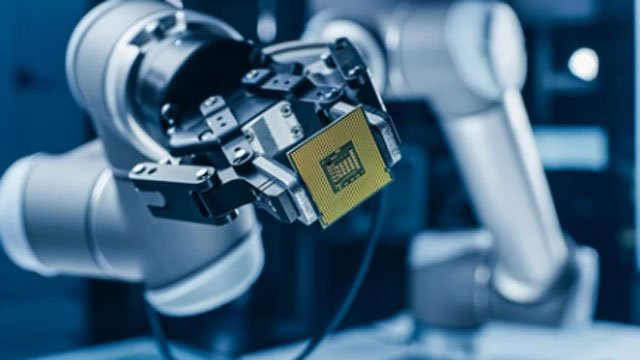Samsung Electronics’ CXL 2.0 DRAM
Samsung Electronics is rapidly advancing the development and mass production of its next-generation memory technology, Compute Express Link (CXL), to establish market dominance following its High Bandwidth Memory (HBM). According to the patent search system KIPRIS on Dec. 12, Samsung filed four trademarks at once on Dec. 4: Samsung CMM-D, Samsung CMM-DC, Samsung CMM-H, and Samsung CMM-HC. These are designated for semiconductor memory devices, integrated circuits, and data storage devices.
CMM, short for CXL Memory Module, is a memory specification based on CXL by the international semiconductor standardization organization JEDEC. Inside Samsung, CXL is commonly referred to as CMM.
The industry sees CXL as a critical solution to overcome the limitations of existing DRAM in the AI era, where the amount of data to be processed is growing exponentially. CXL serves as an advanced interface connecting the Central Processing Unit (CPU), the brain of a computer, with memory semiconductors. Particularly, high-capacity CXL DRAM can increase the memory capacity of a server by 8 to 10 times more than the main DRAM, enabling fast processing of large volumes of data.
The market potential for CXL is significant. Market research firm Yole Group predicts that the global CXL market will reach US$15 billion by 2028.
Samsung Electronics developed the world’s first CXL-based DRAM technology in May 2021 and introduced the industry’s first high-capacity 512 GB CXL DRAM last year. In May this year, they developed 128 GB CXL DRAM supporting CXL 2.0 and announced plans for mass production within the year.
Hybrid products combining NAND and DRAM are similar to Memory Semantic SSDs, optimized for AI and machine learning (ML), based on the CXL interface. Samsung’s Memory Semantic SSD, showcased at Flash Memory Summit 2022 in August last year, improves random read speed and response time in AI and ML applications by up to 20 times compared to conventional SSDs.
An industry insider analyzed that considering conventional SSDs comprise NAND for data storage and DRAM for cache memory processing, CMM hybrids also appear similar to SSDs.
Samsung Electronics plans to continue expanding CMMs to improve memory bottleneck issues and increase data processing capabilities and power efficiency. In this regard, the company is also conducting research to develop a Processing In Memory architecture, known as intelligent memory, for CXL DRAM.
Post Disclaimer
The information provided in our posts or blogs are for educational and informative purposes only. We do not guarantee the accuracy, completeness or suitability of the information. We do not provide financial or investment advice. Readers should always seek professional advice before making any financial or investment decisions based on the information provided in our content. We will not be held responsible for any losses, damages or consequences that may arise from relying on the information provided in our content.



